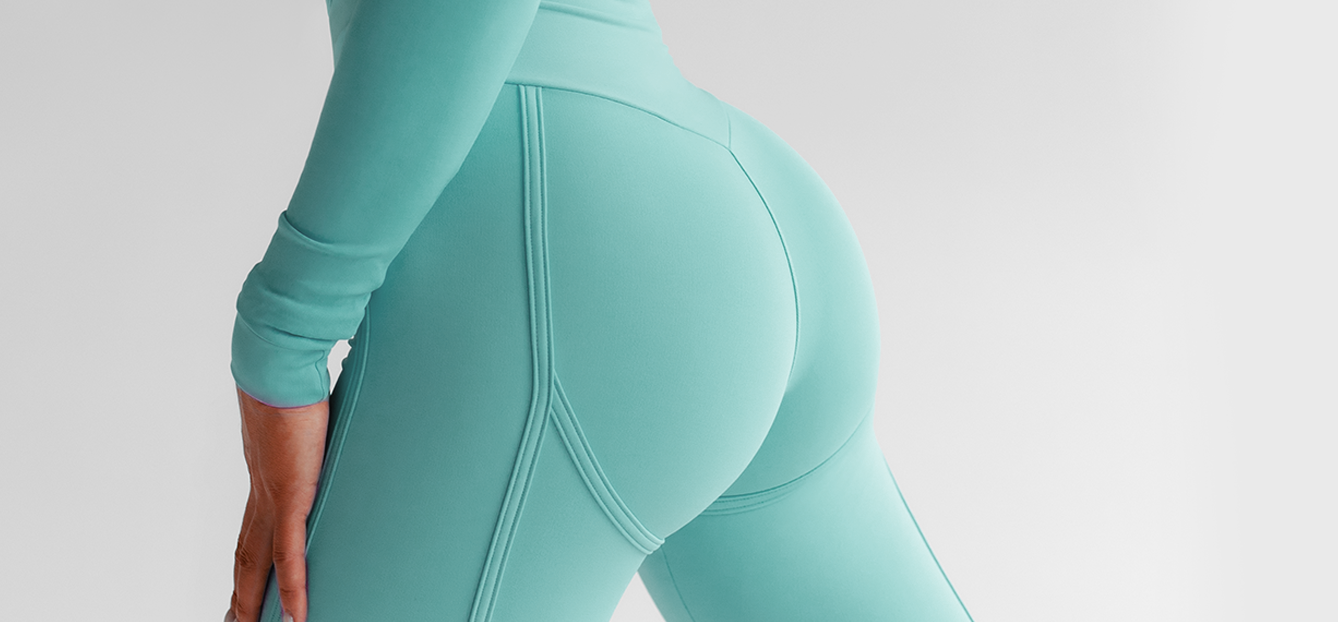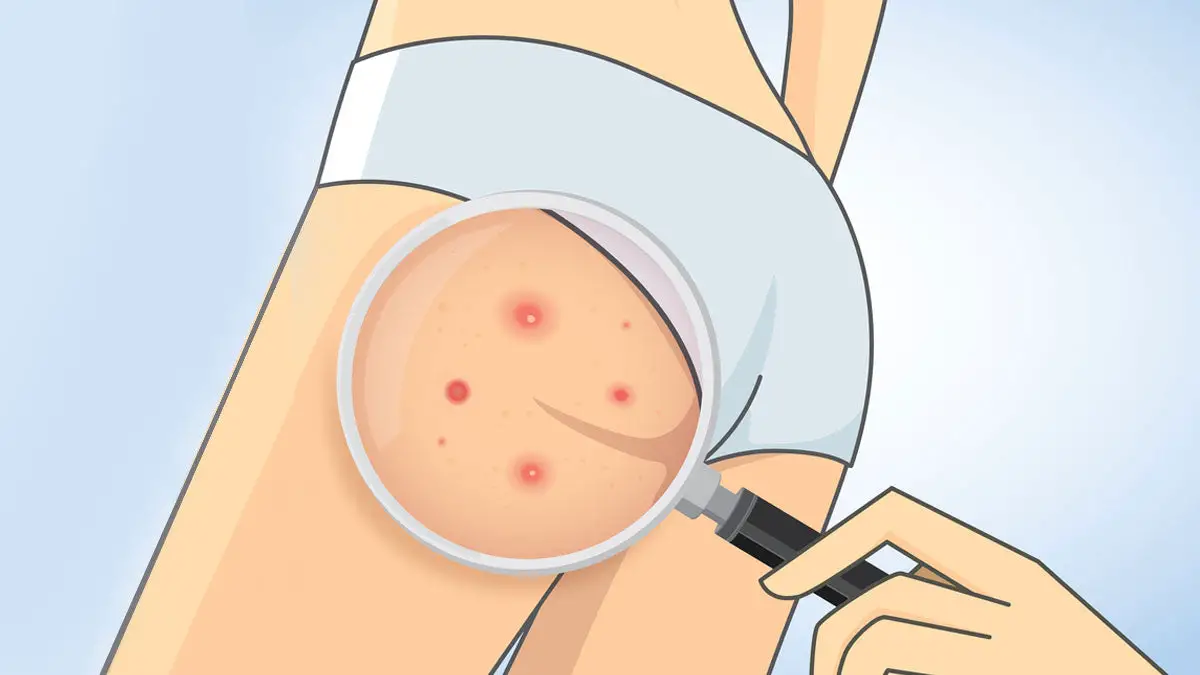What triggers KP flare-ups? Essential Insights for Beauticians
As a beautician, understanding what triggers KP flare-ups is crucial for providing the best care and advice to your clients. Keratosis Pilaris (KP), often referred to as 'chicken skin,' is a common condition that manifests as rough, small bumps on the skin, typically on the arms, thighs, cheeks, and buttocks. These bumps occur when keratin, a protein in the skin, builds up and blocks the hair follicle.
Identifying the triggers of KP flare-ups can help beauticians offer targeted solutions and maintain client satisfaction. In this comprehensive guide, we will explore the common and lesser-known factors that can lead to these skin flare-ups.

Common Triggers of KP Flare-Ups
Environmental Factors
One of the primary influences on KP flare-ups is the environment. Cold, dry weather can exacerbate the condition by drying out the skin, which in turn leads to increased keratin production. Clients experiencing KP in such climates should be encouraged to use a humidifier and apply rich, moisturizing lotions to keep their skin hydrated.
Genetic Predisposition
KP is often hereditary. If your clients have a family history of KP, they may be more prone to flare-ups. Understanding this genetic link can help beauticians provide more personalized care plans. Regular exfoliation using gentle products can help manage the condition effectively.
Improper Skincare Routine
Using harsh soaps or skipping moisturizer can trigger KP flare-ups. Encourage clients to adopt a skincare routine that includes gentle cleansers and regular exfoliation. Products with ingredients like lactic acid or urea can be particularly beneficial.
Lesser-Known Triggers of KP Flare-Ups
Hormonal Changes
Fluctuations in hormones, such as those experienced during puberty, pregnancy, or menopause, can lead to KP flare-ups. During these times, it is important to adjust skincare routines accordingly and maintain open communication with clients about their hormonal changes.
Stress and Lifestyle Factors
High stress levels and unhealthy lifestyle choices, such as poor diet and lack of exercise, can also trigger KP flare-ups. Encourage clients to adopt a balanced lifestyle with regular exercise and a diet rich in vitamins A and E to support skin health.
Fabric Irritation
Certain fabrics can irritate the skin and worsen KP. Recommend that clients wear soft, breathable fabrics and avoid tight clothing that may rub against the skin and cause irritation.
Managing KP Flare-Ups: Practical Tips for Beauticians
Customized Skincare Regimens
Developing a customized skincare regimen for each client is essential. This may include gentle exfoliation, moisturization, and the use of prescribed topical treatments. Educate clients on the importance of consistency in their skincare routine.
Professional Treatments
Consider offering professional treatments such as microdermabrasion or chemical peels, which can help reduce the appearance of KP. Always assess the client's skin type and condition before proceeding with such treatments.
Client Education
Educating clients about KP and its triggers is a key aspect of management. Provide them with resources and information to help them understand their condition. For more information on KP, clients can visit reputable sites like Mayo Clinic or WebMD.
Related Topics for Further Reading
For more insights into skin conditions and treatments, beauticians can explore articles on folliculitis in teenagers and whether KP scars go away. Understanding these topics will further enhance your ability to assist clients effectively.

FAQs About KP Flare-Ups
Can diet affect KP flare-ups?
Yes, a diet lacking in essential vitamins can exacerbate KP. Encourage a balanced diet rich in vitamins A, D, and E to support healthy skin.
Are there any effective home remedies for KP?
Coconut oil and aloe vera are popular home remedies that can help soothe and moisturize the skin, potentially reducing KP flare-ups.
How long do KP flare-ups last?
The duration of KP flare-ups varies depending on individual skin types and care routines. For more detailed information, visit articles like how long does KP last.

